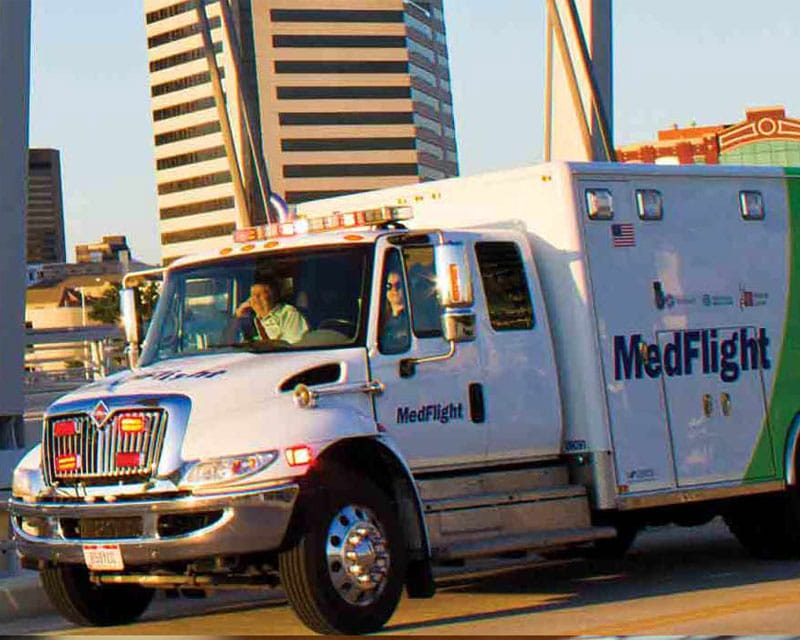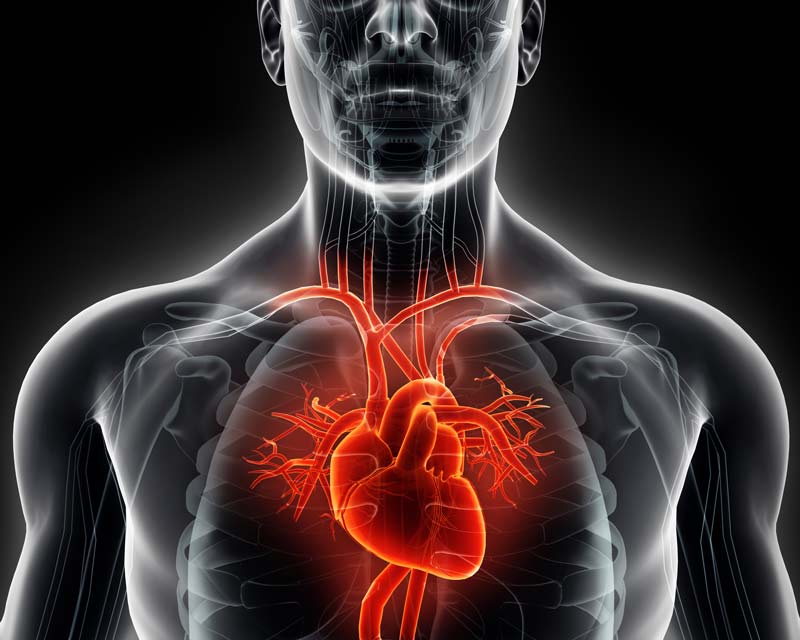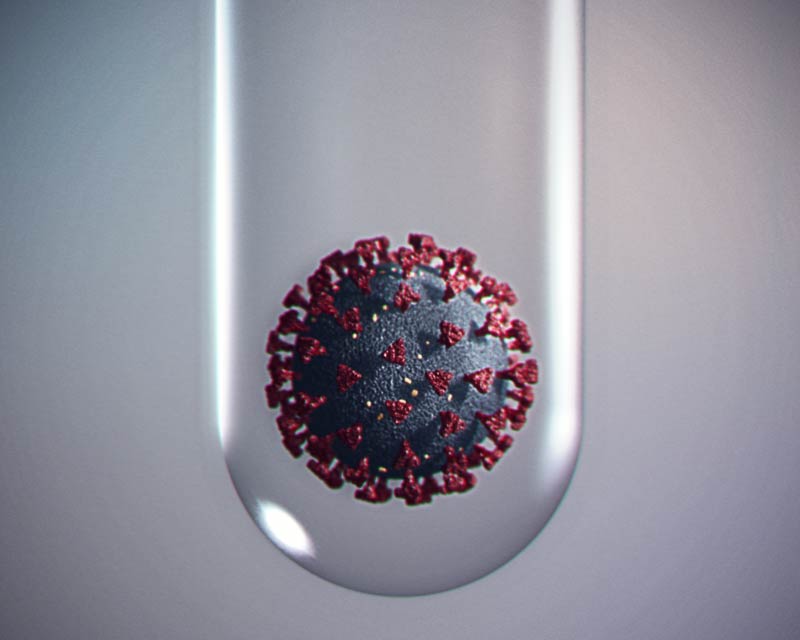
Safer Patient Transport
 Cardiologists at The Ohio State University Wexner Medical Center and College of Medicine are the first in the United States to use a novel pulmonary neuromodulation system to treat patients hospitalized with acute decompensated heart failure (ADHF).
Cardiologists at The Ohio State University Wexner Medical Center and College of Medicine are the first in the United States to use a novel pulmonary neuromodulation system to treat patients hospitalized with acute decompensated heart failure (ADHF).
The system consists of a bedside stimulation console and a minimally invasive catheter, which is placed via a vein in the neck. It sits in the pulmonary artery to stimulate a nerve on the back of the heart. Early studies have shown that stimulating this nerve can increase how strong the heart beats to pump blood more efficiently throughout the body without significantly increasing the heart rate.
“Currently, drugs are the main treatment for acute decompensated heart failure, but many have side effects that may limit benefit, especially for patients who are sicker or more complex. Options to treat ADHF have not evolved as rapidly, despite a significant and ongoing need for proven treatments. What’s truly novel about this system is that it treats both the underlying problem and symptoms of ADHF,” says Sitaramesh Emani, MD, director of heart failure clinical research at the Ohio State Wexner Medical Center and associate professor of cardiovascular medicine in the College of Medicine.
Emani, who is local principal investigator of the international trial, performed the procedure Oct. 22 at The Ohio State University Richard M. Ross Heart Hospital and was assisted by Rami Kahwash, MD, director of Ohio State’s heart and vascular research and professor of clinical medicine.
Emani’s patient, Robert Dye, 65, decided to participate in the clinical trial after struggling with shortness of breath and poor circulation. Walking from the bedroom to the living room would leave him breathless, and he would have to get up several times a night to catch his breath because he couldn’t lie on his back.
“I feel 100% better and like I have a new lease on life. My color is back, I don’t have shortness of breath and my legs and arms aren’t cold anymore,” he says. “It’s a 180-degree turnaround.”
Emani, who is on the scientific advisory board of the system’s manufacturer, Cardionomic, helped develop the protocol for the system and participated in an early feasibility study. The clinical trial is expected to continue at the Ohio State Wexner Medical Center for the next couple of years.

Safer Patient Transport

New treatment for atrial fibrillation

First US Medical Center in Clinical Trial